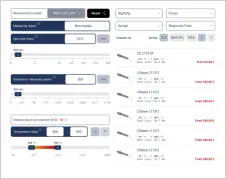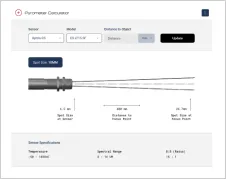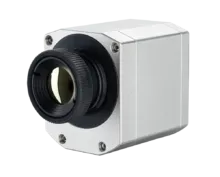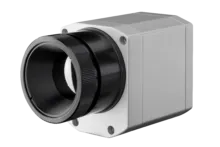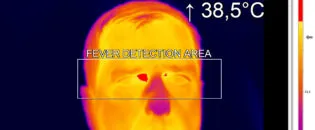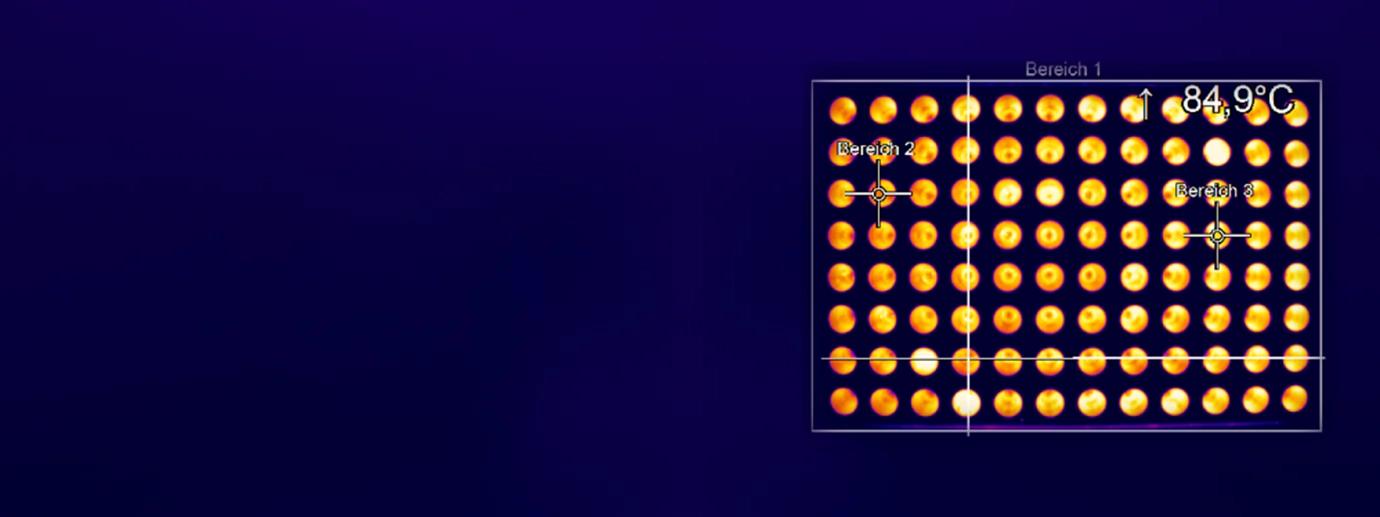
Temperature Monitoring in the Three-Phase PCR Cycle of DNA Sample Amplification
Reliable Contactless Temperature Measurement of a Large Number of DNA Samples with IR Cameras
Contactless Temperature Monitoring Method of PCR for DNA Sample Amplification Required
A research facility that amplifies deoxyribonucleic acid (DNA) samples requires an efficient solution that quickly and easily measures the temperature of all samples in the amplification process and reliably detects samples that are too hot and, therefore, unusable.
Amplifying DNA samples is achieved through polymerase chain reaction (PCR), a technique essential in molecular biology research. The process involves a three-phase cycle of denaturation, annealing, and elongation phases.
The DNA samples are exposed to different temperatures in all these phases, which must be precisely maintained. If the temperatures in the three-phase PCR cycle are not maintained correctly, this can significantly impair the efficiency and accuracy of DNA amplification.
The samples are heated in thermocyclers. These devices use integrated heating elements and Peltier modules, and the heating process can be continuously controlled and adjusted.
The process begins with the denaturation of the double-stranded DNA at around 94 °C to 96 °C, whereby the two strands are separated. In the next step, the annealing phase, the temperature is lowered to around 50 °C to 65 °C to allow the primers to bind to the complementary sequences of the target DNA. This is followed by the elongation phase at around 72 °C, during which the DNA polymerase, a heat-stable enzyme, catalyzes DNA synthesis along the template DNA strands.
The important point is that the temperature measurement should be contactless, as the DNA samples must not be touched under any circumstances; otherwise, they would become contaminated and unusable.
The temperature measurement should also allow for controlling and adjusting the heating process if necessary. Several samples should be recorded and checked at the same time, if possible, to keep the process efficient and save costs.
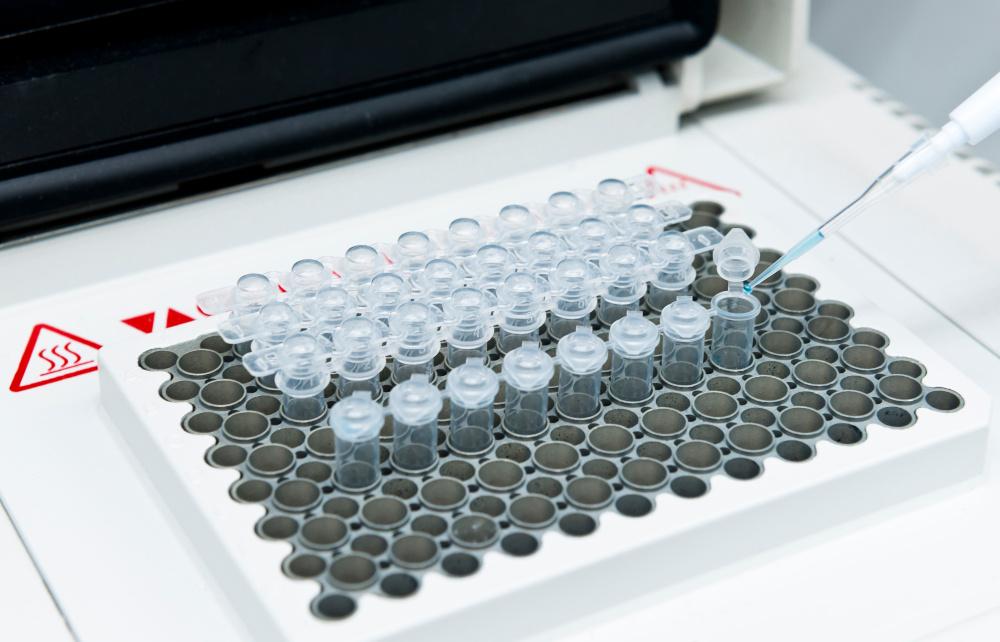
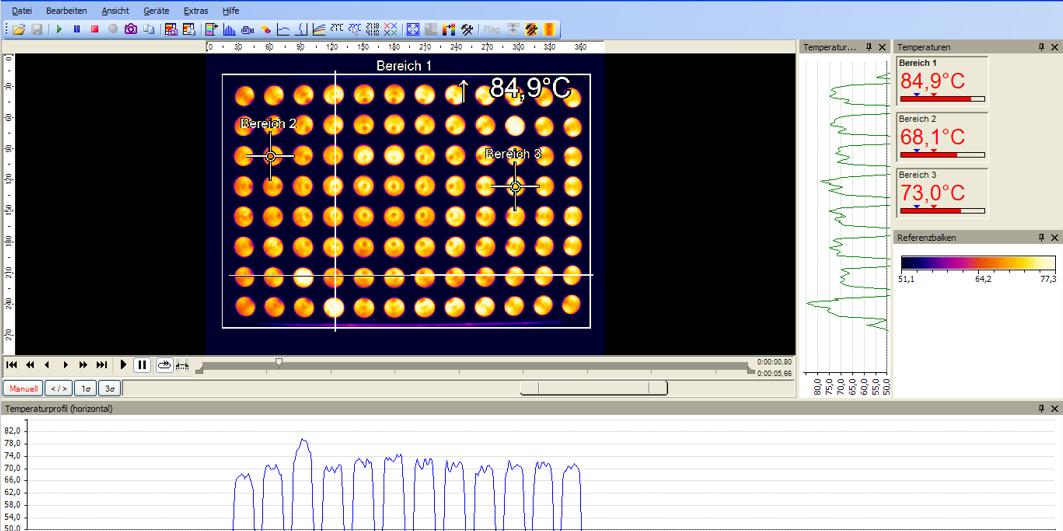
IR Imager Allows Fast and Contactless Temperature Monitoring of DNA Samples
Turns out, the PI 450i is the optimal solution for the research institute. This robust and compact IR imager, which measures in the spectral range from 8 µm to 14 µm, is mounted above the DNA samples. Together with the PIX Connect analysis software from Optris, it is set up so that 90 samples can be simultaneously recorded and checked in real-time via a measuring field. With its small dimensions, the PI 450i infrared camera can be easily integrated into the process.
The measurement setup, consisting of the camera and software, keeps a precise eye on the temperature curve during the three-phase cycle. The customer can choose whether to record an absolute or relative temperature measurement. Thanks to its good optical resolution (382 x 288 pixels) and outstanding thermal sensitivity of 40 mK, samples that are too hot can be identified very quickly and easily.
In this application, the PI 450i camera is connected to a PC via USB, allowing the process to be monitored and controlled in real-time. If a critical temperature development occurs, the measurement is coupled with an alarm, which is activated immediately to regulate the heating process.
This monitoring process can, of course, also be further automated, enabling autonomous operation and automatic process control.
High-Speed, High-Resolution Radiometric Infrared Cameras for Biomedical Research
The PI series cameras are ideal for biomedical research applications, offering all the essential attributes needed for this specialized field. Notably, the radiometric capabilities of these infrared cameras are crucial for accurate temperature measurement. They provide precise temperature readings for each pixel, unlike consumer or surveillance infrared cameras that only offer thermal visualization. This precision is vital for processes like monitoring temperature-sensitive processes such as DNA amplification, where exact temperature control is critical to maintaining DNA integrity. Radiometric cameras detect subtle temperature differences and anomalies, allowing for detailed analysis, documentation, and publications.
In addition to the high optical resolution and thermal sensitivity that are important for the customer, the PI 450i also has a measurement speed of 80 Hz, which allows it to capture high-quality thermographic real-time images in which the smallest temperature differences become detectable, even in applications with high, emerging speeds. Integrating the Optris PI 450 into biomedical process control systems is a major advantage of using it. The infrared camera can be connected to the PC via USB or GigE interfaces and offers optional process interfaces for analog and digital inputs and outputs. Researchers and engineers can easily integrate and customize the PI 450 into their specific applications thanks to the included license-free analysis software and comprehensive SDK. This flexibility enables seamless integration into existing laboratory equipment and automation systems.
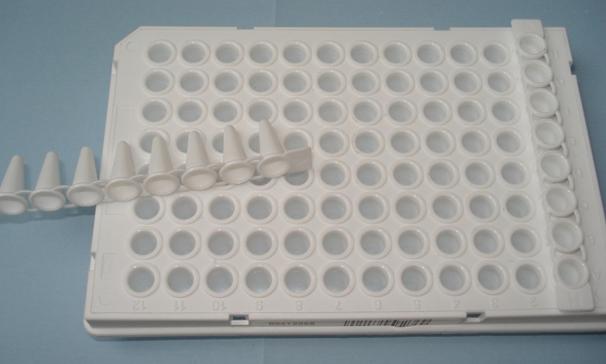
Recommended Products
Other Pharmaceutical & Medical Applications

Talk to us about your IR Temperature Measurement Requirements
There are over 300 different pyrometer variants to choose from in the Optris infrared pyrometer portfolio each optimized for material, spot size, distance from the target, and environmental conditions. Fortunately, there is a trained engineer to phone or chat with to guide you through the process of choosing the perfect infrared sensor for your application.
The same support is available for the extensive IR camera product line.

